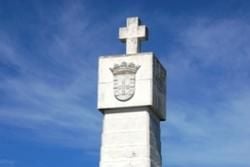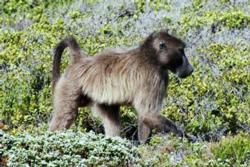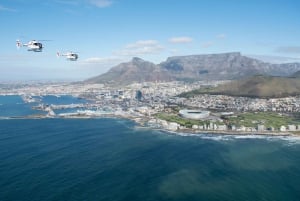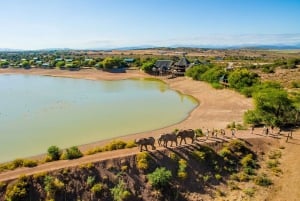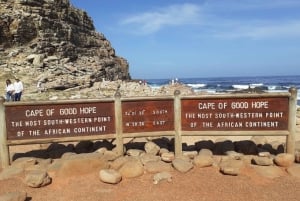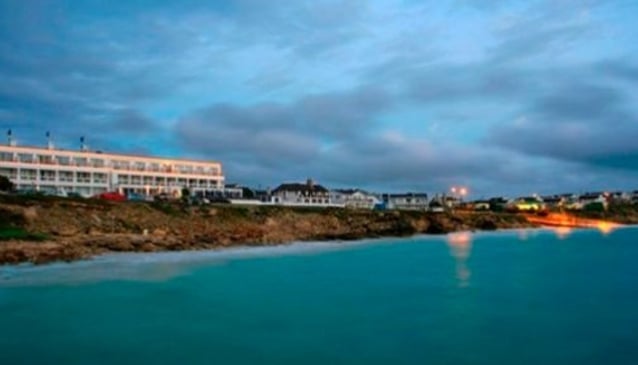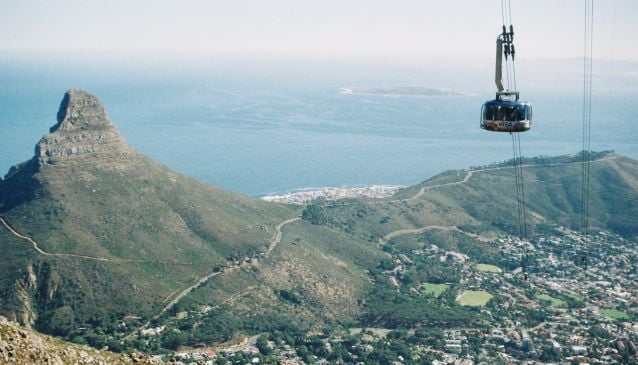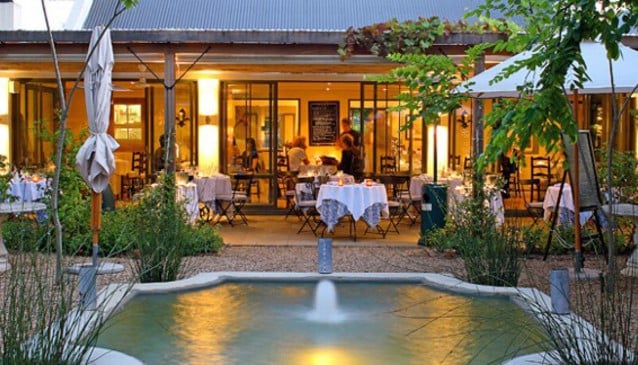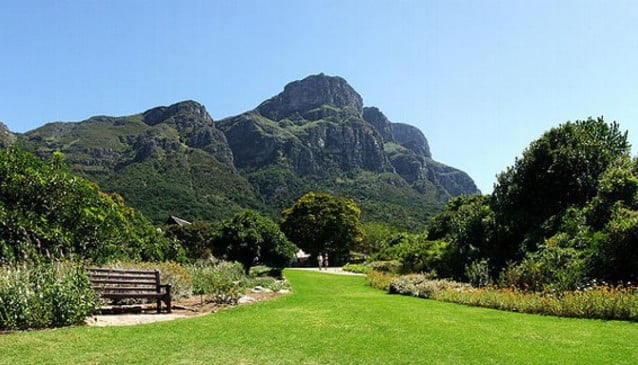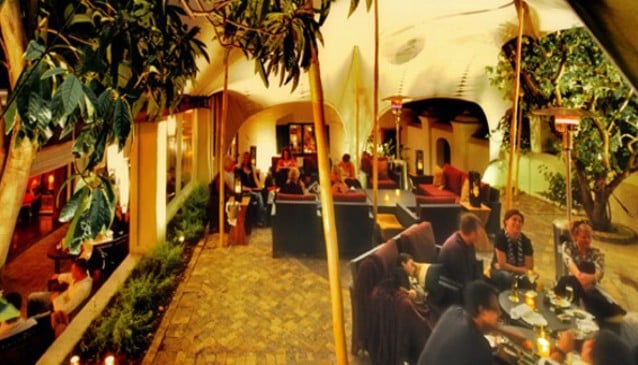Cape Point
Cape Point is the higher of the two peaks in the Cape Point Nature Reserve. The other peak is called the Cape of Good Hope. Most people think that Cape Point is the southernmost tip of Africa – but that honour belongs to Cape Agulhus - about 150 km’s to the South East.
It is hard not to feel the power of this almost mystical coast line that is steeped in tragic and beautiful history. The Cape is still feared and revered by sailors worldwide. The "Cape of Storms" (Cabo das Tormentas) was the name that Vasco Da Gama gave to the Point when he rounded it in a storm in 1488. It was Prince Henry the Navigator of Portugal who chose the name Cape of Good Hope because Portugal had long sought a trade route to the East via the sea.
Bartholomew Diaz also landed here and erected a cross in 1498. The local nomadic Khoi probably dismantled it. In the Cape Point Reserve there are monuments to both great explorers who braved the wide open seas in search of a viable trade route with the East . Those explorers risked their lives – but it is their discovery that lead to civilised Europe coming to the wild and untamed tip of Africa in the mid 1600’s.
The Cape Point Nature Reserve is one of the protected homes of a variety of unique Cape "fynbos". The Cape Floral kingdom is the world’s smallest floral kingdom but it contains more species of plants than the South American jungles. In this protected space are a number of Cape Chacma Baboons.
Visitors to Cape Point can travel on the funicular called the Flying Dutchman which pays tribute to the famed ghost ship captained by Hendrik van der Decken who swore on his trip around the Cape of Storms that only God would make him turn around. He tied himself to the wheel. It is legend that he is cursed to sail the seas until the end of time. The ghost ship has ‘allegedly’ been the subject of many sightings across the world.



